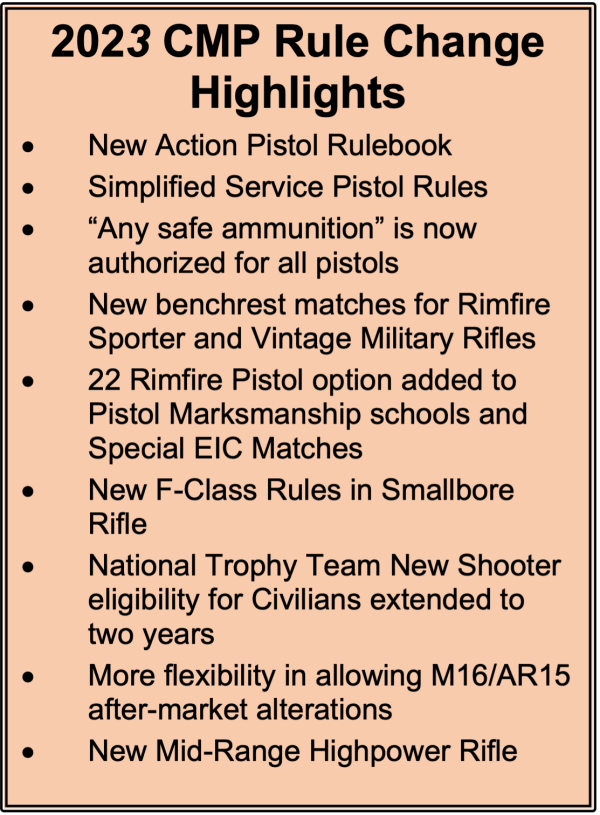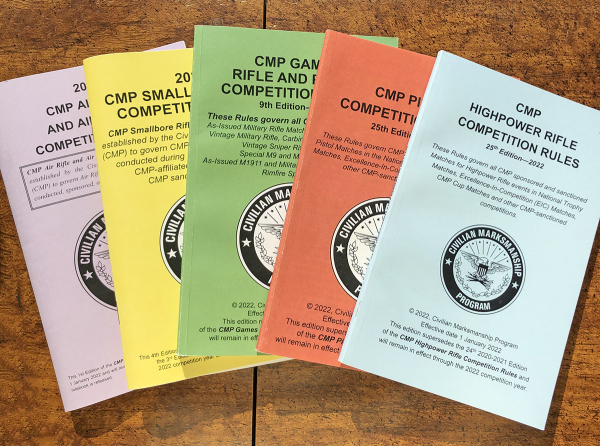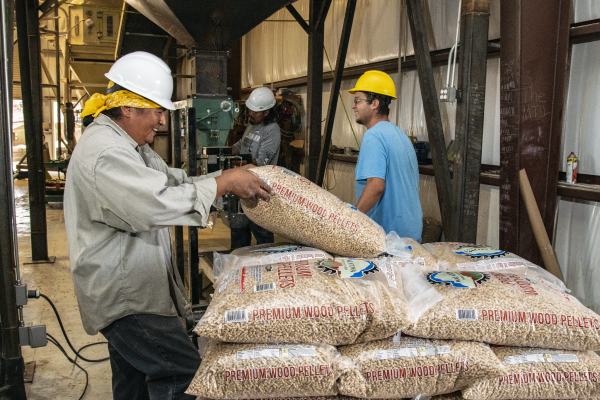Coyote Season in Michigan
By Glen Wunderlich
An early morning trip to add some fuel to the outside wood furnace was abruptly interrupted by the unmistakable and lonesome howl of a nearby coyote. Pausing to cup my ear and to direct it toward the sound in time to enjoy an encore performance was all the reminder necessary: It’s coyote season!
In fact, it’s always coyote season, since the recent adoption of more liberal rules allowing hunters to take the fawn killers on any given day or night throughout the year. With the additional advantage of now-legal centerfires at night, there is no need to tote the marginal rimfire calibers afield any longer. The fastest rimfire in the world – the .17 Winchester Super Magnum – is a wimp compared to any centerfire in terms of energy, and thus effectiveness, and will no longer be the firearm of choice. The term “effective” can be read as humane, as well, thank you.
Is there such a thing as overkill? Yes, if one wants the fur; otherwise, the answer is no. I have taken them with the mighty .300 Winchester Magnum and versatile .30-06, and because I am a handloader, these .30-caliber choices offer long-range potential and plenty of punch with custom loads utilizing lightweight, frangible bullets. However, our new regulations still consider the .30 calibers illegal for night use with a legal limit of .269 diameter projectiles.
Typical varmint calibers such as the .22 hornet, .223 Remington, and especially the hotter .22-250 Remington pack more than enough punch to be humane for night use, when one considers the limiting factor of darkness. Modern hand-held LED lights have come a long way and have become the varmint hunters’ choice afield after sunset.
I like to scan an area first with a red light, because it has less of a chance to spook game. At the same time, however, beyond 100 yards only an animal’s eyes will light up and that’s not enough to identify a potential target animal. Tip: Using the halo of the light, rather than the brighter center, is advisable for scanning. A second green or white gun-mounted light can be used for positive identification and closing the deal. If you are fortunate enough to have a partner, let him/her operate the red light, while you concentrate on getting on target.
Even though most of a coyote’s hunting is done at night, early mornings and evenings are still prime times for success afield.
And, because mating season is upon us, coyotes will respond to challenge calls and are generally quite active now and offer sportsmen and women vast opportunities to save a few fawns. Since most sets are limited to a half hour or less, fighting the cold is not as problematic as an all-day deer hunt.
With a bit of instruction, a youngster can be a good lighting partner and the onset of any cabin fever will be forgotten quickly.







